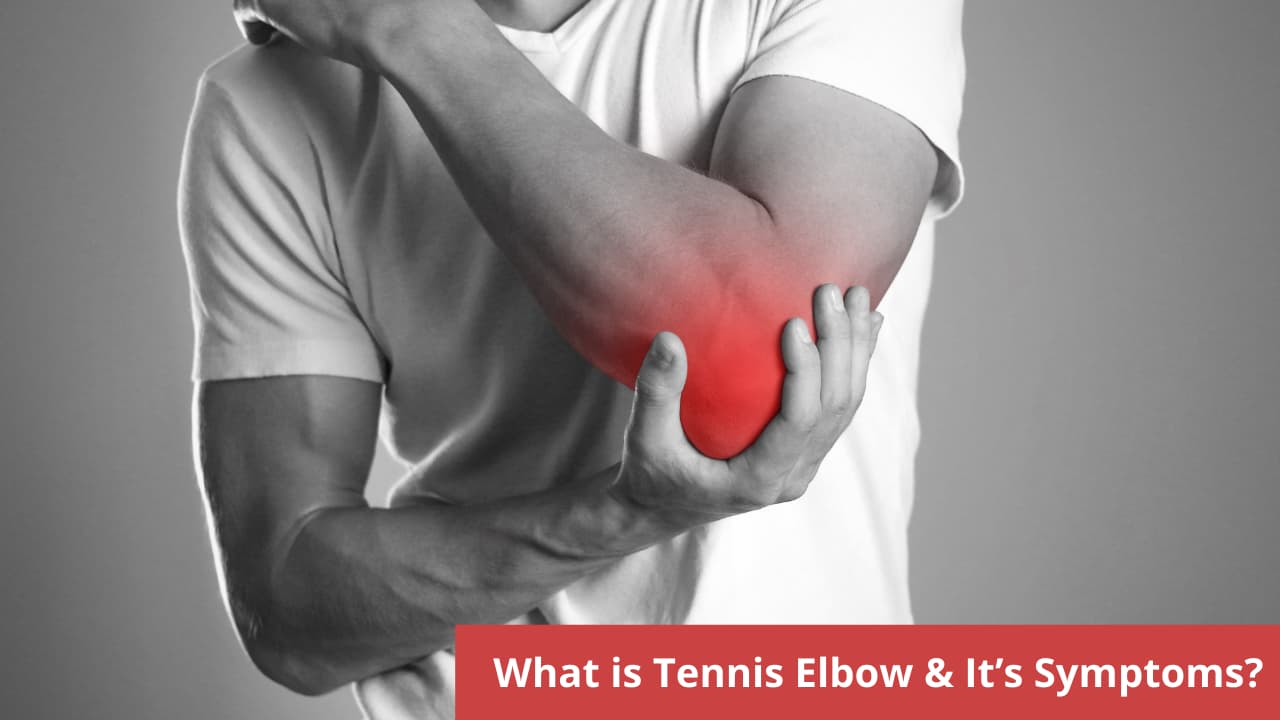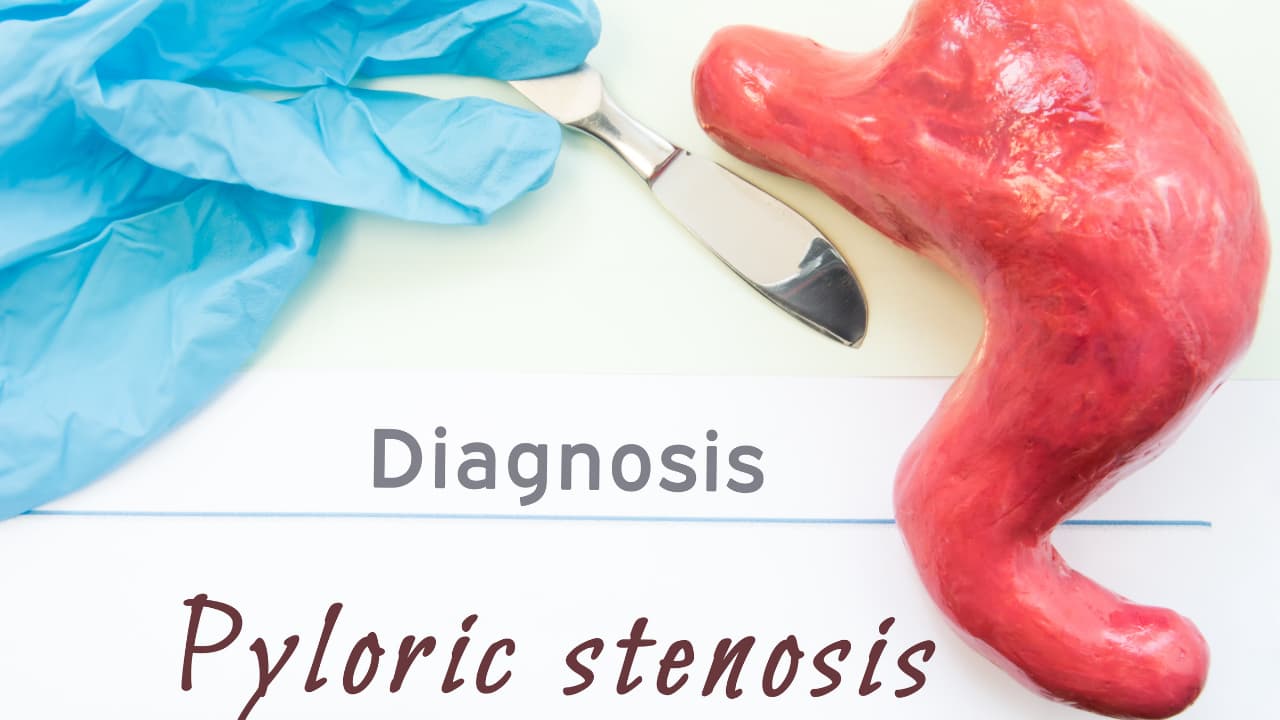Hip Arthritis – Symptoms, Diagnosis, Diet and Treatment


You worked all day long. Now, at night, you are leaning onto your laptop screen and watching something interesting. Suddenly, there’s a pang of sharp pain in your hip. You change your posture and get absorbed in the stuff you are seeing. Do you know what just happened? You might have ignored a symptom that could possibly lead to Hip arthritis.
Yes. We all have pain in the joints at some time or the other, but there are sometimes you shouldn’t neglect them. Sometimes, no matter how many times you change your posture, you find no succor from the shooting pangs of pain.
The next day when you get up there are twinges in the joints, and your body is stiff as if it has frozen. You think that it might resolve itself after a good morning walk, but pain increases. You take some OTC painkiller and go to the office.
But once, instead of a painkiller, you decide to go for a medical consultation. After a few tests, you thought unnecessary, you are diagnosed with osteoarthritis in the hip. The doctor had been telling something and you are reeling under the shock as you remembered the plight of your mother who also suffered from osteoarthritis.
Osteoarthritis is a painful and debilitating condition, which robs the goodness out of life. No matter what joint it affects the most, the quality of life reduces considerably.
Degenerative joint disease demands immediate and long term attention. One needs to understand the condition, to deal with it competently.
What is Hip Arthritis?
Hip arthritis comes under the category of osteoarthritis even though it is sometimes called wear and tear arthritis. Hip arthritis is very common among people in the middle age group. Osteoarthritis is a degenerative joint disease that can affect any joint. It might occur due to wear and tear, and trauma.
The condition occurs due to the erosion of the cartilage that protects both the joints of the ball and socket structure. Due to the erosion of the cartilage, there is a lot of friction between the joints. This causes pain and stiffness. This also reduces the range of motion considerably.
The hip bones consist of large joints that support the entire weight of the torso. Inflammation due to arthritis makes walking, sitting and sleeping difficult.
Symptoms of Hip Arthritis
Though it is initially difficult to diagnose hip arthritis, it comes in two forms. Primary – This affects fingers, knees, spine and the hip. Secondary – This affects only the specific joint, the hip in this case.
Common symptoms:
- Joint stiffness early in the morning.
- Difficulty walking.
- Difficulty to sit for long periods
- Pain ranging from a dull ache to sharp pain
- Cracking sensation while moving the hip
- Tenderness
- Swelling
- Decreased range of motion
Request an appointment at Apollo Hospitals
Also Read About: Swelling in the knee
Diagnosis of Osteoarthritis of the Hips
- Physical examination
- X-ray of the hip
Treatment options for Hip Arthritis
The goal of the treatment is to increase the range of motion, reduce pain and improve the quality of life. Treatment includes medications, surgery, lifestyle changes, weight loss, and pain management.
Medications:
Medications are generally given to reduce pain. NSAIDs and corticosteroids are generally prescribed. Medications have side effects and one has to consult a doctor to get the correct dosage.
Hip Replacement Surgery:
The most common form of surgery is Hip Replacement Surgery. In this procedure, the damaged ball and socket joint are replaced with metal shell and liner. Another procedure that is conducted for surgical correction of eroded hip joints is Hip Resurfacing. In this process, the eroded hip joints are removed and replaced with metal. The difference between the two procedures is that only the surface is removed in hip resurfacing and the femur is not removed as against hip replacement surgery.
To book an appointment online: Hip Replacement Surgeon
Lifestyle Changes:
Rest is advised to patients with hip arthritis as straining the joint can exacerbate pain. The patient is advised not to walk long distances, not to sit for prolonged periods, and especially not to climb stairs. Other lifestyle changes include reducing weight as this can considerably reduce pain.
When it comes to exercise, patients are advised to avoid tennis, jogging and other high-intensity activities, and instead go for swimming and yoga so that there is less strain on the hip joint.
Exercise and activity can reduce the intensity of the condition significantly. Activities like swimming, and cycling, exercises like hip stretches, knee pull, sitting stretch, and extended leg balance reduce the stress in the joint.
Diet:
The diet for a patient with hip arthritis should contain foods that boost the immune system, and it should be balanced. Patients can consume fish as it contains generous amounts of omega-3 fatty acids which have anti-inflammatory properties.
Foods to eat:
- Soybean
- Olive oil
- Walnuts
- Milk, yogurt, and cheese.
- Green tea
- Citrus fruits
- Whole grains
- Garlic
© Copyright 2024. Apollo Hospitals Group. All Rights Reserved.
 +91 8069991061
Book Health Check-up
Book Health Check-up
Book Appointment
Book Appointment
+91 8069991061
Book Health Check-up
Book Health Check-up
Book Appointment
Book Appointment







